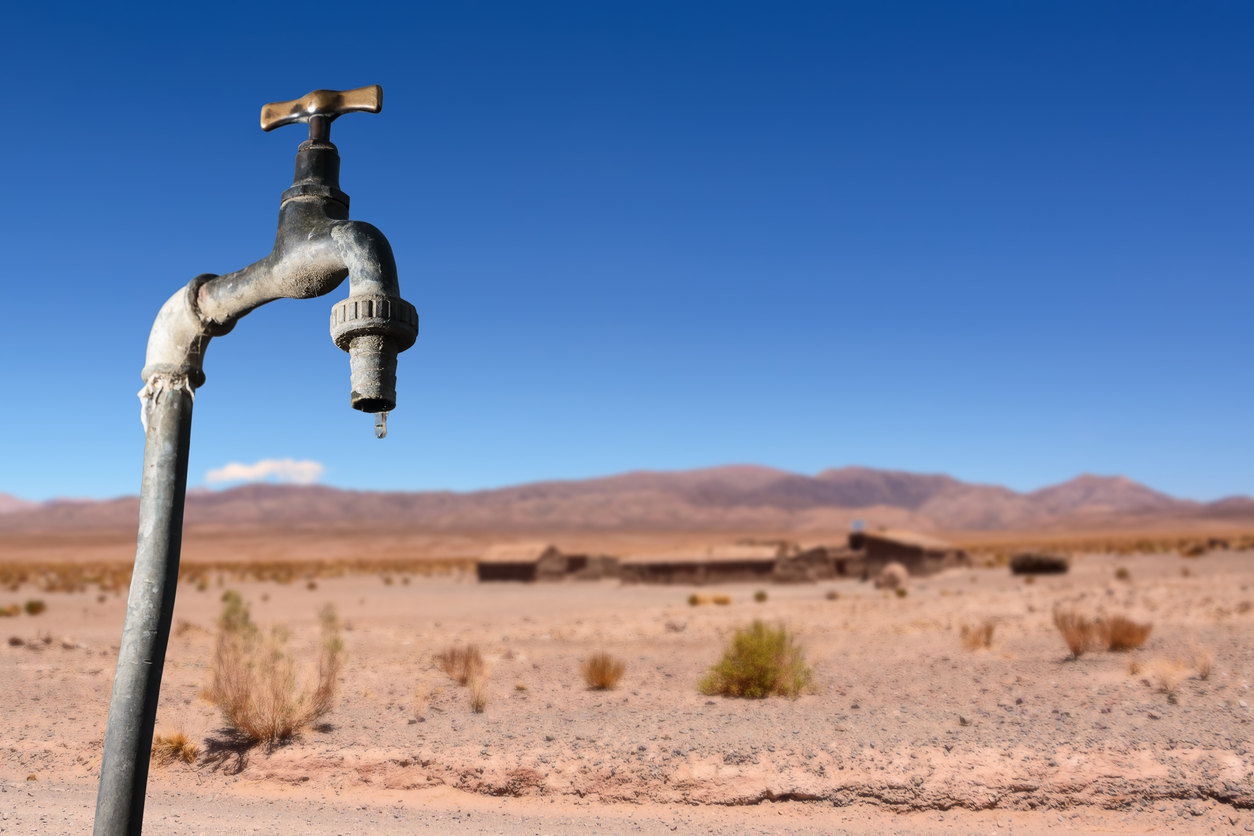“OPEC+ will need to maintain its current voluntary restraint to balance out growth… This will help prevent global balances from weakening at year-end and preserve a price floor at around $80 a barrel.” – Harry Tchilinguirian
Follow Harry on X for more – @tchiling
(Bloomberg) — Oil-watchers are divided over whether OPEC+ will proceed with plans to boost supplies next quarter, as prices falter amid a fragile global market.
Only 10 of 23 traders and analysts surveyed by Bloomberg predict that the group led by Saudi Arabia and Russia will fully implement the 543,000 barrel-a-day hike. Another three forecast a partial increase, while the remainder expect no addition at all.
Their divisions match the ambiguous signals from OPEC+ itself: straight after the group announced plans to revive output, a slump in crude prices compelled ministers to stress that it could be postponed.
The Organization of Petroleum Exporting Countries and its allies have been withholding supplies for almost two years in a bid to prop up prices, and are now seeking to gradually return the barrels. The scheduled fourth-quarter boost is part of a road map for restoring 2.2 million barrels a day by late 2025.
Yet sputtering economic growth in key consumer China, and new oil supplies from across the Americas, threaten to derail the coalition’s plans. Crude prices have retreated to near $80 a barrel in London, too low for many OPEC+ members to cover government spending.
The alliance will “want to keep their options open,” said Aldo Spanjer, commodities strategist at BNP Paribas SA. “Beyond a release in October, I don’t expect the market to be strong enough to absorb more OPEC supply without a significantly reduced price.”
Key OPEC+ nations will hold an online monitoring meeting on Aug. 1. When prices slumped last month after the supply road map was unveiled, officials signaled the meeting could be used to change course. But delegates have since said it will likely be a more “routine” session, without any policy recommendations.
In theory, that leaves the cartel to ponder the decision until early September, when loading dates for oil cargoes to be shipped the following month are finalized.
On the one hand, going ahead with the supply revival would allow OPEC+ countries to reclaim sales volumes they’ve ceded during cutbacks made since late 2022. It may also be welcomed by members like the United Arab Emirates, which has been eager to utilize its investments in new production capacity.
And it could offer relief for exporters such as Russia, Iraq and Kazakhstan, which have dragged their heels in delivering their share of the agreed production curbs. The trio have pledged extra reductions to compensate for cheating, but have a poor history of fulfilling such pledges.
Nonetheless, Saudi Energy Minister Prince Abdulaziz bin Salman has emphasized the group can “pause or reverse” the output revival.
Surplus Risk
“I’m not quite sure they are going to roll back” the cuts, Carole Nakhle, chief executive officer of Crystal Energy Ltd., said in a Bloomberg television interview. “The market at the moment might feel tight, but we are expecting it to become more balanced toward the end of the year.”
Data from the International Energy Agency in Paris suggests that, with China cooling and US output brimming, a new surplus could emerge if OPEC+ perseveres with the supply boost in the fourth quarter.
China, the world’s biggest oil importer, has recorded its weakest economic growth in five quarters, faltering import volumes and the slow return of refiners from maintenance. Still, it’s shown some glimmers of strength with an uptick in crude purchases from the Middle East.
While a retreat in crude prices offers respite for consumers and central banks plagued by persistent inflation, it potentially spells pain for OPEC+.
The Saudis need prices close to $100 a barrel to finance lavish spending on its economic transformation, which spans futuristic cities and premium sports players, data from the International Monetary Fund indicate.
The kingdom’s growth projections suffered the biggest downgrade among countries tracked by the IMF, and is set to cut billions of dollars of investment from some of the key development projects in Crown Prince Mohammed bin Salman’s economic blueprint.
“OPEC+ will need to maintain its current voluntary restraint to balance out growth” in rival supply, said Harry Tchilinguirian, head of oil research at Onyx Commodities Ltd. “This will help prevent global balances from weakening at year-end and preserve a price floor at around $80 a barrel.”
–With assistance from Fiona MacDonald, Salma El Wardany and Joumanna Bercetche.
©2024 Bloomberg L.P.


